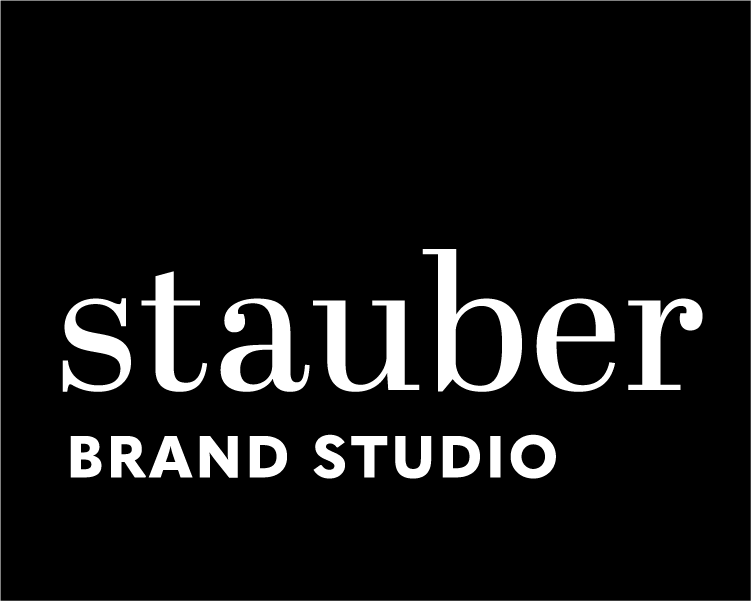Drawing explanations.
Sometimes a picture (or a drawing) truly is worth a thousand words. A visual can explain a process or describe relationships. Making a drawing can help you generate ideas. The act of putting pen to paper can help your brain sort things out — to get ideas flowing, to define the elements involved, and even work out the existing or potential relationships between them.
There are many examples out there of exquisite information design (e.g. info design guru Edward Tufte). And there are organizations and people devoted to the field of visual thinking. But what I’d like to share with you at the moment are some examples of approaches that are very effective and a bit less formal in their style:
> The Back of the Napkin by Dan Roam
Dan’s book is fantastic. He demonstrates how to use drawings to bring viewers through a process with you. One of the best parts is an outline of the types of elements you can use to convey different concepts — simply and with clarity. Plus his style of drawing is friendly and accessible. A great antidote to typical (and often dreaded) Powerpoint presentations.
> This is Indexed by Jessica Hagy
Jessica’s daily diagrams drawn on index cards do a great job of communicating relationships, with the added bonus of being funny.
> Common Craft
You’ve probably run across one of these very human, hand-crafted explanatory videos online. They make complex information clear and, better yet, interesting to learn about.
Making something human makes it relevant. Engage the audience — relate to or with them, not at them — and then you can truly communicate something.
And lastly, I know a lot of people say, “I can’t draw.” But you really can. Don’t worry about what it looks like. The examples above prove that you don’t need DaVinci-level draftsmanship to be effective.
~ JPS
